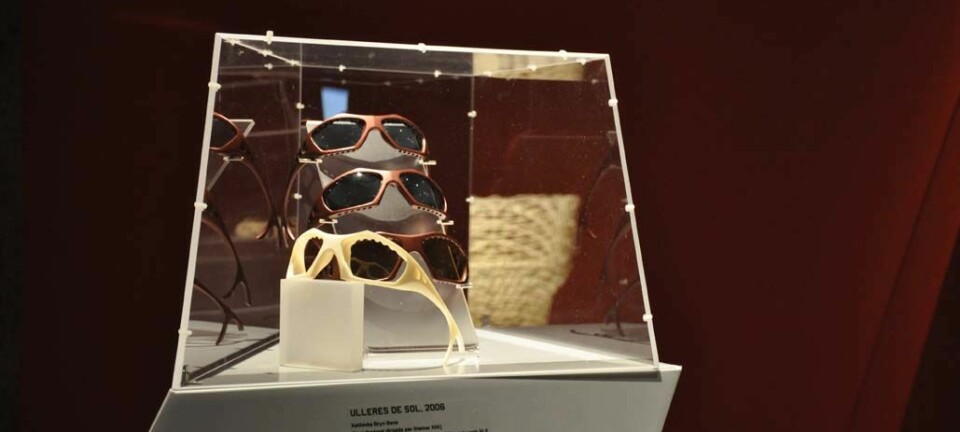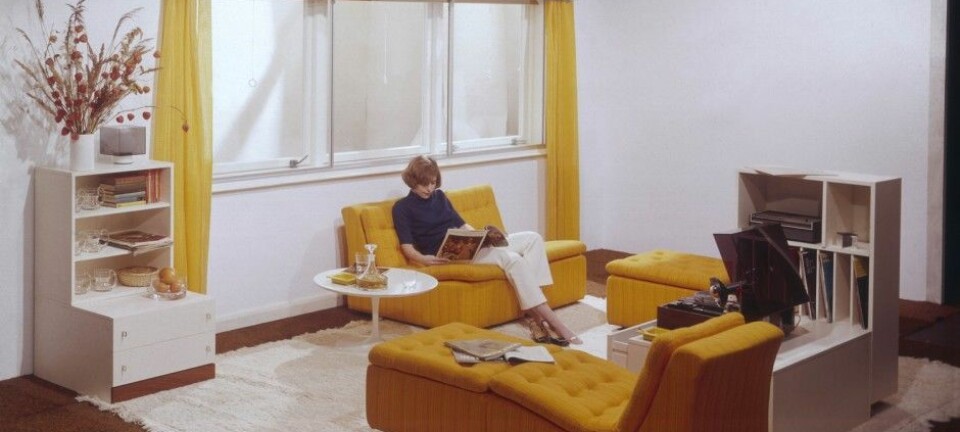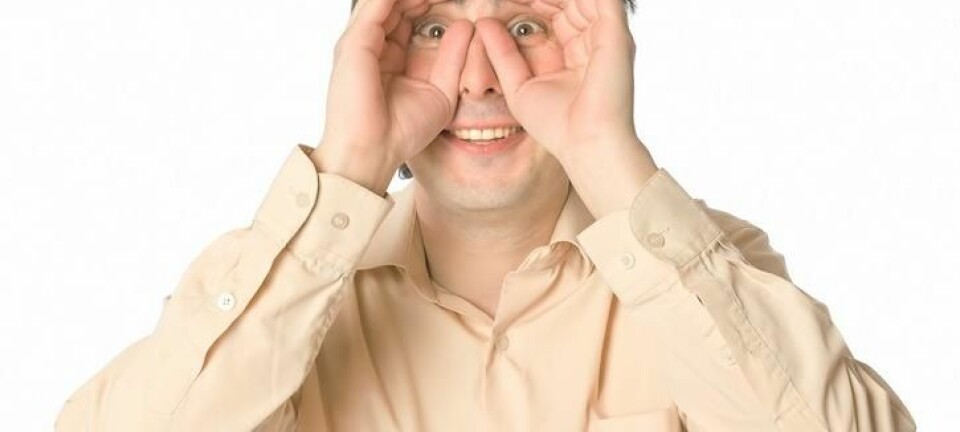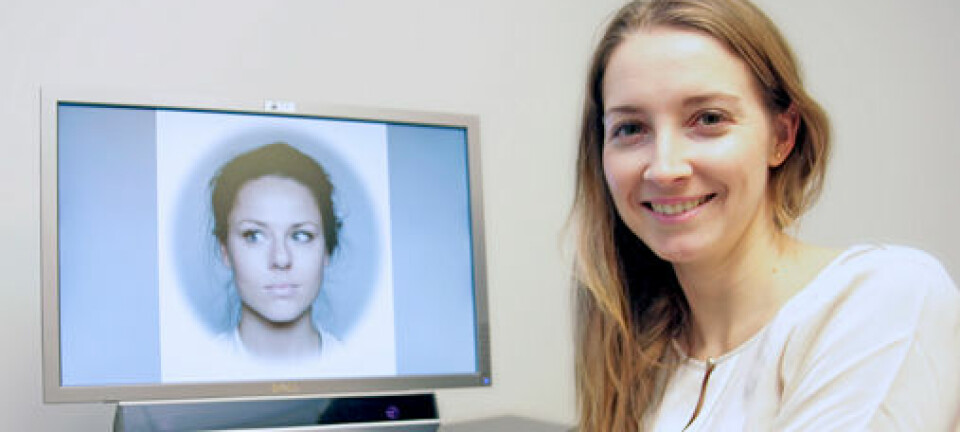
The eyes look, but the brain sees
Our brain quickly adapts to new surroundings and only sees the most important information captured though our eyes.
Certain objects attract our attention in a particular way. It could be something that is especially ugly or something that we perceive as being rather pretty.
With a background in design, I ought to know something about what makes one object appear prettier than another. However, you don’t have to look far before it becomes difficult to predict whether something is likely to be perceived as ugly or nice.
So, what is it that catches and keeps our eye fixed to something “nice”?
It’s often said that the human eye is developed for life on the savannah, and it is particularly sensitive to detecting movement in our periphery. This peripheral view helped us to survive by allowing us to react quickly to danger approaching from either side.
However, our peripheral vision is not particularly sharp. We can only see clearly, when we look straight ahead, we cannot read in the peripheral field of view, and worse still, we cannot see in colour—we only see colour in our central vision.
So, your full colour, HD-resolution image of the world does not come from your eyes, but your brain.
Read More: Why you should read and train to boost your brain
The brain selects information
The brain translates the information it receives from the eye into something that we can understand. In fact, the brain receives just three ‘images’ every second, which are sorted and combined with earlier information to create the reality that you experience.
This is happening all the time while your eyes are open, and it requires a certain amount of energy. To avoid overheating, the brain saves energy by choosing what is worth looking at.
But how does the brain choose what to observe and ignore?
Read More: Beautiful buildings are more sustainable
Two types of vision
Roughly speaking, we have two systems of vision. One system prevents us from bumping into things and enables us to move around. It’s called ‘orientation attention’, and it operates quickly, saving energy, as the brain is not required to develop a full understanding of your surroundings.
The other system is called ‘discover attention’. This operates more slowly, as the brain collects information from our memory to obtain a full understanding of the scene.
An example of the two systems in operation can be seen when you walk down the street. The orientation system allows you to easily move in and out of the path of other people, and stops you from falling over or walking into a lamppost. But when your eye catches sight of something interesting in a shop window, you switch over to the discover system to get the full picture.
The object you’re looking at might seem familiar, but has a different shape or colour. How long you spend looking at the object, depends on how much sense it makes to you and the number of other things you’re thinking about at that time.
Read More: Consumers are fooled by a product’s colour
How to fix your attention
We use these two systems alternatively without even realising it. Since the orientation system requires less energy, we quickly switch back to it when we have enough information.
In reality, we know that objects with certain characteristics are better at catching our attention, while others are better at holding our attention.
By measuring eye movement, we can see that the orientation attention is influenced by the object’s shape and contrast. My research shows that we are more likely to notice certain products, which use these basic design parameters to stand out.
To keep our attention the brain needs to decide that it is worth using energy to understand this new object. And research shows that we keep our attention on things that are easier to understand.
If it becomes too demanding, or nothing else is happening, our attention slips, and we begin to look at something else. Perhaps you’re experiencing this right now! Is it worth the effort to continue?
If you’re still with me, then here comes another explanation: You might expect this article to be interesting because it’s published at ScienceNordic. In visiting this site, you already made up your mind that you would find something interesting to read.
Also of significance is the amount of information you receive. Research shows that the number of elements that we can see directly influences whether we continue to look or shift our gaze elsewhere.
When there are too many things to look at, the brain needs to work harder, and there is a higher risk that we will stop paying attention. Our brain is simply not good at multitasking.
Read More: If it sounds and smells good, it helps us buy
The brain adapts quickly
It is quite impressive that a brain designed for a life thousands of years ago copes as well as it does in the modern world. This is due to our ability to adapt. In fact, it takes the brain less than a minute to adapt to new surroundings.
You can try this yourself: Try looking at this image above of a moving spiral for 30 seconds, and then look away.
You’ll notice that your visual world is now transformed by your brain, and that stationary objects seem to bulge and move. But then see just how quickly your brain switches back to a world where those objects are once again stationary.
When I research the workings of the eye and the brain at Copenhagen Business School (CBS), which you might not associate with this type of research, it is because it helps us to understand how we as consumers make choices. And studying the visual system, gives valuable insights into why consumers sometimes make irrational choices.
Over many years of research at CBS, I have conducted experiments and tests to find out what captures and holds our attention. My research ranges from questions of what we perceive as being ugly or pretty, to what prompts us to sometimes buy a cat in a hat.
---------------
Read this article in Danish at ForskerZonen, part of Videnskab.dk. This article was originally translated for CBS Wire, Denmark.
Translated by: Catherine Jex










